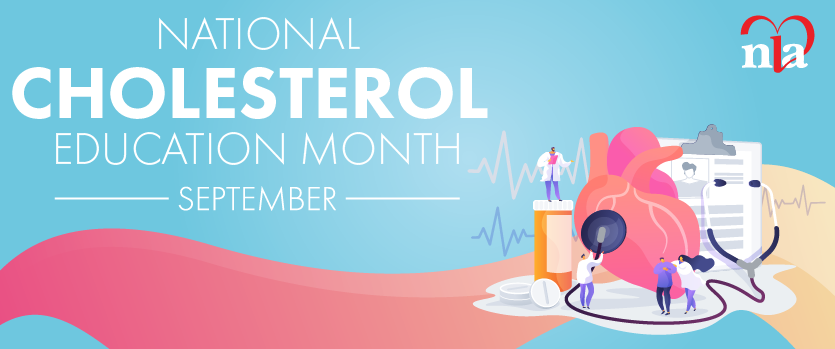Hormone replacement therapy (HRT) in post-menopausal women has been a topic of constant debate. HRT with conjugated equine estrogens (CEE) or conjugated equine estrogens with progesterone, was perceived not only to relieve vasomotor symptoms associated with menopause but also to protect against osteoporosis and heart disease in these women.1,2,3 That belief later was contradicted when new data suggested an increased risk of breast cancer with little protection from heart disease was associated with HRT.4 The United States Preventative Services Task Force (USPSTF) currently recommends against using HRT for primary prevention of chronic medical conditions in postmenopausal women5, though the most recent data provides yet another new outlook on its use.6
To develop a clearer understanding of the long-term health and cardiovascular risks associated with CEE, with or without medroxyprogesterone acetate (MPA), participants from the Women’s Health Initiative (WHI) study were observationally studied for a cumulative total of 18 years. A total of 27,347 postmenopausal women ages 50 to 79 years were recruited at 40 clinical centers across the U.S. from 1993 to 1998. These patients were stratified to receive once-daily oral CEE plus MPA 0.625mg-2.5mg or placebo (n=16,608) if they had a uterus, or once-daily oral CEE 0.625mg alone or placebo (n=10,739) if they had undergone a hysterectomy. The primary analysis was for all-cause mortality, with cardiovascular, cancer and other mortality – Alzheimer’s disease, chronic obstructive pulmonary disease, injuries and accidents, and other known causes – as secondary analyses. Hazard ratios were estimated using Cox proportional hazards models stratified by age and randomization status. Statistical tests were based on a two-sided log-rank test. Patients who were in the CEE-plus-MPA study had been on their study drug for a median time of 5.6 years. Those in the CEE-alone study had been on their study drug for a median 7.2 years.
There was no statistically significant difference in all-cause mortality in those treated with hormone therapy (27.1%) versus those treated with placebo (27.6%) (HR 0.99[95% CI, 0.94-1.03]; p = 0.60). Cardiovascular mortality also was not significantly different between those treated with hormone therapy versus placebo (8.9% versus 9.0%; HR =1.00 [95% CI, 0.92-1.08]; p = 0.98). No significant difference in coronary heart disease mortality (HR 0.97 [95% CI, 0.86-1.09]; p=0.60) and stroke mortality was noted (HR 0.97 [95% CI, 0.86-1.09]; p=0.60) during the follow-up phase either. This study is the first to look at long-term safety profiles of CEE with or without MPA. From this study, it can be concluded that patients who are on hormone replacement therapy do not increase their long-term risk of overall mortality, or even cardiovascular mortality. Still, risk versus benefit should be weighed for every patient because of side-effect profiles and other risks that may not directly contribute to mortality.6
According to prescribing recommendations made by the American Association of Clinical Endocrinologists/American College of Endocrinology (AACE/ACE), hormonal therapy – which includes CEE alone and CEE with MPA – can be used to treat symptomatic postmenopausal women.7 However, patient risk factors such as cardiovascular disease, age and time from menopause must be taken into consideration. The International Menopause Society (IMS) further addresses the risk-versus-benefit dilemma in its 2016 publication.8 IMS states that benefit most likely outweighs any risks when initiated within 10 years after menopause in women under the age of 60. Those between the ages of 60 and 70 require careful consideration of potential risk factors. IMS goes on to say that hormone therapy should not be initiated in women over the age of 70, and that it may be harmful if initiated more than 10 years after menopause. Guidelines do not recommend a specific duration of therapy.
CEE is widely used among menopausal and postmenopausal women; however, it is not without risks. Product labeling includes a black-box warning for endometrial cancer, cardiovascular disease, breast cancer and dementia. The black-box warning for cardiovascular disease is based on the WHI study, which reported an increased risk of stroke and deep-vein thrombosis (DVT.)4 In fact, the CEE-alone trial of the WHI had to be stopped early, after 7.2 years, because of an increased risk of stroke. To minimize risk, CEE should be initiated and maintained at the lowest effective dose9 and should be avoided in individuals with high stroke risk.
The long-term follow-up data in Menopausal Hormone Therapy and Long-Term All-Cause and Cause-Specific Mortality: The Women’s Health Initiative Randomized Trials (WHI) suggests that there is no significant long-term risk of all-cause and cardiovascular mortality associated with the use of HRT in menopause.6 According to current prescribing recommendations, CEE with or without MPA still should only be used for the shortest duration and at the lowest effective dose in symptomatic postmenopausal women.7,8 When considering the use of HRT, the provider and patient should continue to assess the risk versus benefit.
Disclosure statement: All authors of this article have no financial disclosures to report.
References available here.






.jpg)
.png)














